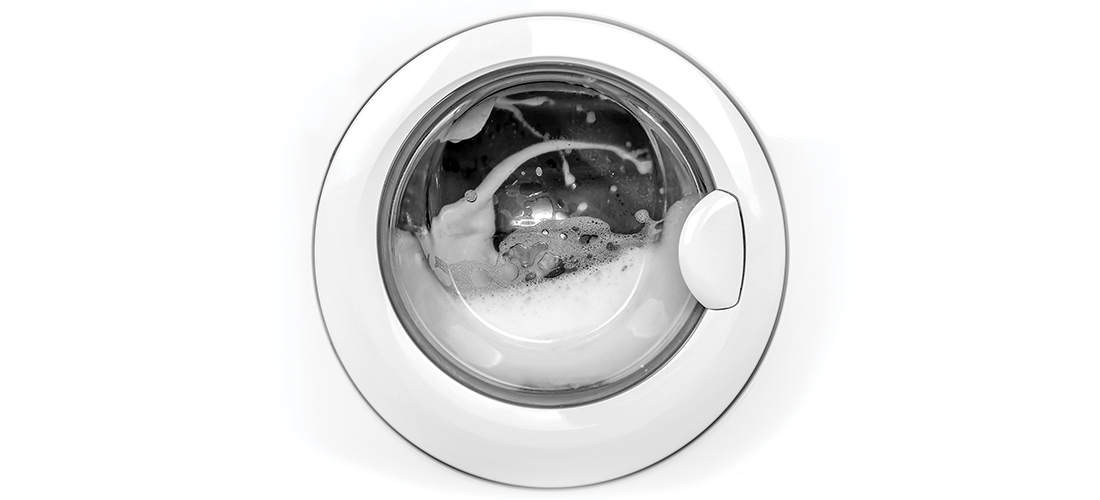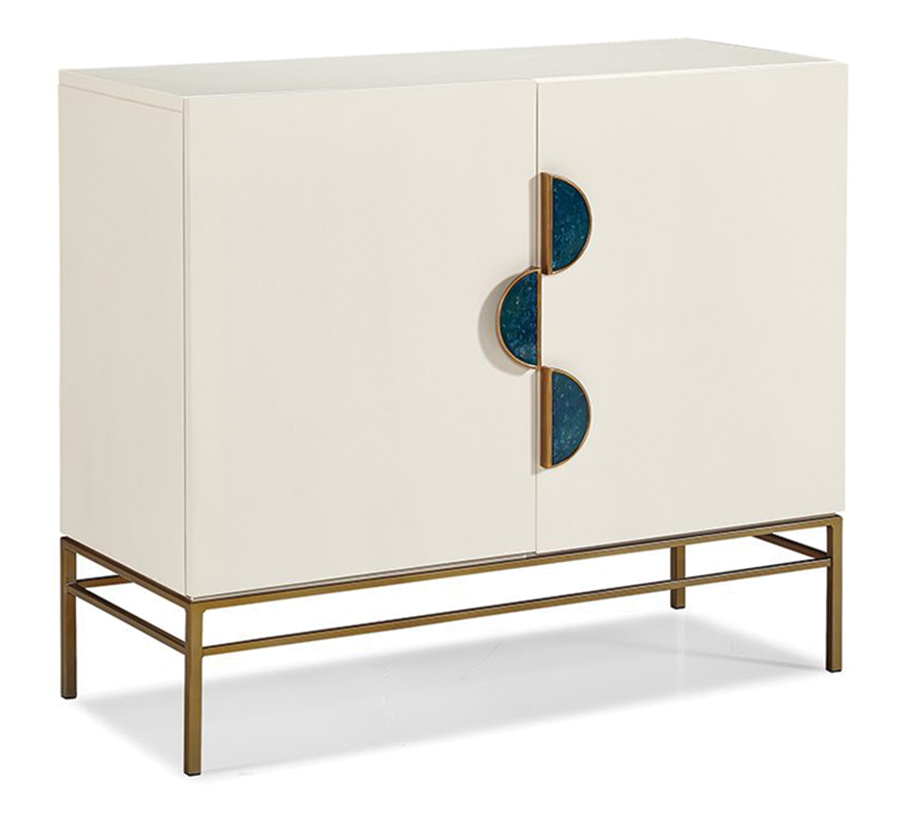The Knife at Rest
It’s the little things — and sometimes the finer things
By Cynthia Adams
We were lunching in rare style. Good food, good company, a splendid table before us — and everyone was in excellent spirits. The table? It looked like a page torn from Architectural Digest: heirloom china, delicate crystal and antique French silverware on creamy linens.
An artist and her close friend paused mid-sentence, suddenly noticing a set of what turned out to be silver knife rests.
The artist’s mouth opened, then closed.
What are those? She pointed to the elegant silver rectangles positioned above the antique table knife.
Our host, an enthusiastic collector, explained: they were, quite simply, a resting place for a used knife, which kept linens safe from the greasy slurry on the plate.
The artist began to speculate about tired knives requiring rest.
“Too weary to cut it!”
“Lying down on the job!”
“Stop me before I cut in again.”
She held a handsome knife up for inspection. “After they rest, then what?”
“They obviously move in for the kill,” she quipped.
We laughed ourselves silly, enjoying the word play.
The fun added to a good meal at a great table. As the conversation evolved, someone mentioned how we, after all, eat with our eyes. True, yet times have changed.
There’s always fashion and history at work in our kitchens and dining rooms, as good ideas come and go from favor. A knife rest is straight out of an Edith Wharton setting: a classic remnant of fine dining.
What other objects are from tables past, things once used and now idling in the drawer?
Those who love Wharton will reel from the pronouncements of Bob Vila, a former Sears’ pitchman who rose to fame with This Old House.
Despite This Old House, Vila has very modern opinions.
Here’s a short list on his outmoded and, therefore, verboten picks: fancy forks — including oyster forks, fish forks, salad forks, pickle forks and dessert forks. All out.
Other things deemed pointless by Vila: butter picks. (The butter pick is used for choosing/skewering single pats of butter.)
Napkin rings are also a thing of the past, Vila insists. I am glad my mother did not live to read this. If she were not dead already, this news would doubtless kill her.
Dedicated stemware is also outmoded, he claims. He says that it is completely modern to use a stemless glass for all wines. In fact, one multipurpose glass twill suffice. Even, dear God, a Mason jar.
To all my friends and family, I am sorry to convey this, not only because we are all stemware-struck, but because I personally own tons of outmoded glassware by Vila’s standards, including champagne coupes.
I shudder to imagine the Queen being served her beloved Bollinger in a pickle jar. The mind reels.
Also, Vila says egg cups are déclassé.
If you followed The Crown, you already know the Queen takes a morning egg in an egg cup and toast in a proper toast rack.
Jelly spoons are another fatality of Vila’s list, and so he would banish little Lilibet from taking her marmalade with a proper jelly spoon. (BTW, did you know that the British call congealed salads and gelatins like Jell-O “jelly”?)
Table runners, something many of us have clung to long after parting with other life niceties, are vile to Vila. Try telling that to Williams-Sonoma.
The shocker on Vila’s list may require sitting down (in the event you prefer to read standing): wedding china. He deems it outmoded. Dated. Unnecessary. He asserts that we are a nation of casual diners who no longer eat off of fancy plates.
But any Southerner with a thimble full of sense knows there is no separating a Southern gal from her wedding china. His claim is a step too far.
Like our grandmother’s Blue Willow, we know and love it from the mists of time. We eat off our ancestral plates, even if chipped.
We stand in line to admire the White House china patterns.
When the late Julia Reed was promoting the entertaining guide, Julia Reed’s South, she talked about using antique wine rinsers for flowers and old silver ashtrays for salt cellars. “Use everything,” she said. If it chips, it chips.
And the unpretentious Reed added something worth noting:
“What I love about the South in general is that there is nothing too small to celebrate, and if you’re really lucky you learn about grace and small joys, which are, after all, what make up big lives.”
The clincher? “Keep the beautiful things alive.”
Long live the knife rest. PS
Cynthia Adams, a contributing editor of O.Henry, is looking for a set of antique knife rests.













